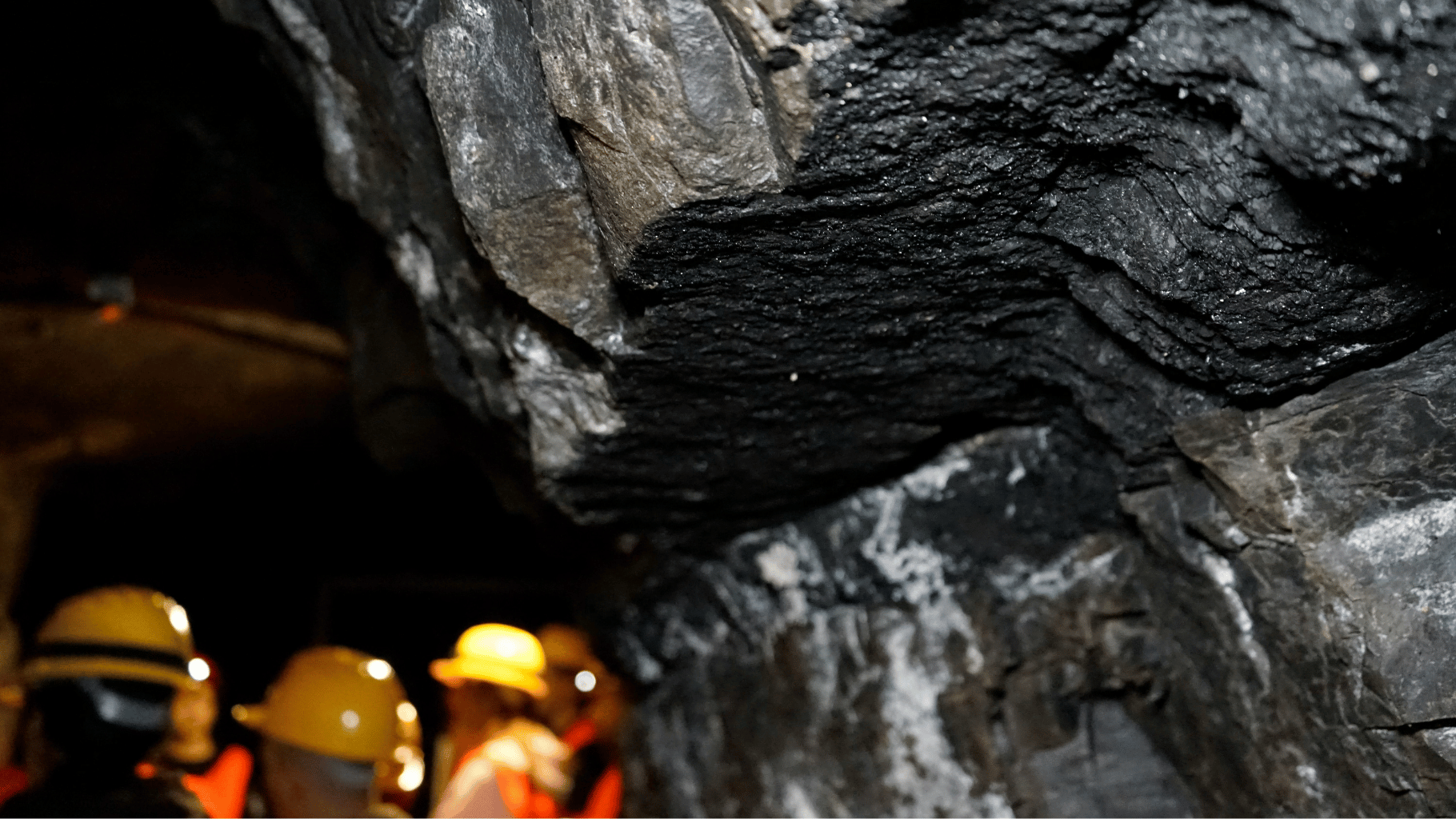With a few exceptions, management never stays the same and changes are a natural part of the evolution of the company. Just like great sporting teams, at some point the baton needs to be handed on to the next occupant of the hot seat.
The average tenure of an ASX-listed company MD/CEO is just under six years, in some ways comparable to an AFL captain. They are there to guide and motivate the team and provide confidence for supporters/shareholders and investors.
So what happens when the MD/CEO suddenly decides to jump ship and resign?
For shareholders, the impact is often negative, at least in the short term as a new leader needs to be identified and brought on. For the longer term, the replacement MD/CEO’s performance will drive future growth (or not).
Fortescue, Qantas and Sayona Mining are three companies that have seen abrupt CEO departures in the past week, with differing market responses. How they perform going forward is up in the air, but the predictions are plentiful in supply and they rarely tend to paint a picture of calmer seas ahead.
Fortescue has seen Fiona Hick depart after less than six months in the CEO role, to be replaced by current COO Dino Otranto, announced on the same day. The share price saw a slight dip on the day before rebounding the next day. Following on from a number of recent departures, as well as a few since, questions are being raised about governance and pressure levels at the Andrew Forrest-led group. The relationship between Messrs Forrest and Otranto will be interesting to watch.
The management transition of Qantas management from Alan Joyce to Vanessa Hudson was telegraphed to the market well before the handover, however the news that Joyce was departing two months early caught some by surprise. It appears from the outside that a growing number of negative news stories required a circuit breaker and Joyce’s departure should at least now provide a period of clear air for Hudson to win over critics.
In reality, Hudson was appointed to the role in May and will have spent the past few months putting together her new management team and structures. She was ready to take over and that transition plan will no doubt include a PR offensive for Hudson to be out on a very visual charm offensive over the coming weeks and months to sell the new leader’s appeal and vision for the national carrier.
It’s not so different to when Peter Coleman brought forward his handover plans at Woodside, given Meg O’Neil was familiar with the people and assets and was able to step into the role in an acting capacity for a number of months before being confirmed by the board.
At Sayona, the news last week that Brett Lynch was stepping down immediately as Managing Director and CEO saw the share price tumble nearly 30%, however once the market absorbed the news that former Altura Mining boss James Brown was stepping in as Interim CEO, the share price bounced back. With the share price off 40% in the past six months, a rarity for lithium companies, the focus will be on improving operational performance at the NAL lithium project in Quebec.
In each of these cases, an important feature for shareholders was the inclusion of the fact that a successor, permanent or interim, was included in the announcement. This demonstrates that its ‘business as normal’ and that there is someone there to guide the ship.
Ideally, shareholders want to see a leader that is committed for the long haul, is willing to back themselves and the team and preferably see them invest in the company alongside other shareholders. However, when they don’t have the right skill set for the next stage of growth or have lost the confidence of staff or shareholders, it is worth considering a management transition.
What becomes important then is the public appearance of a plan and a smooth transition.
If our other national sport, federal politics, has taught us anything over the past 15 years its that the Australian public has little appetite to for internal bickering and bloodletting and an appearance of chaos.
Jack Welch was the Chairman and CEO of General Electric (GE) for over 20 years, from 1981 to 2001. Towards the end of his tenure, he realised that a succession plan was required and spent two years moving a shortlist of senior executives around different roles in the company to prepare them for the role. The Board eventually settled on Jeff Inmelt, closing out a well-documented and publicised process that saw the four candidates effectively trained up to run what was, at the time, one of the world’s largest companies.
Our sporting captains often don’t get to write the script to the end of their time in charge, but it is important ASX companies control the narrative to ensure a smooth transition.
Let’s leave the edge of the seat ride for watching the finals.
White Noise communications is provided a fee for service working with companies which may have exposure to commodities or securities mentioned in these articles. All articles are the opinion of the author and are not endorsed by, or written in collaboration with, our clients.
Photo by DDP






